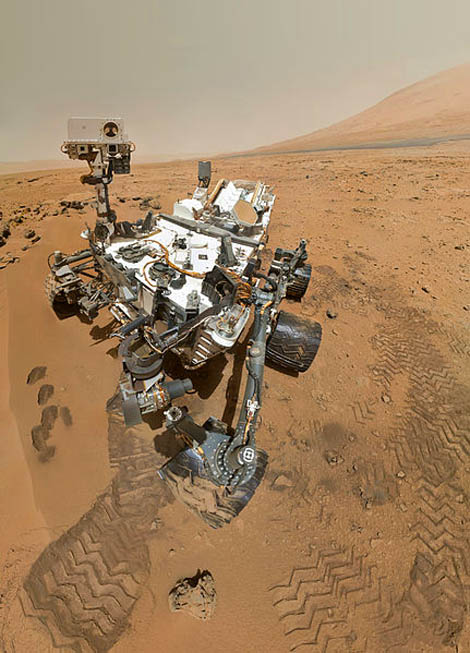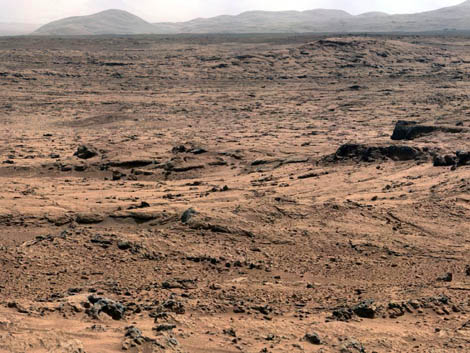 The Curiosity robot was launched aboard the spacecraft “Mars Science Laboratory” one year ago, on November 26, 2011, from Cape Canaveral, Florida, United States.
The Curiosity robot was launched aboard the spacecraft “Mars Science Laboratory” one year ago, on November 26, 2011, from Cape Canaveral, Florida, United States.
A year later, and after 16 weeks on Martian soil (where it landed in Gale crater on August 6, 2012), this robot laboratory, an exponent of space technology, has already sent more than 23 thousand images collected along the 517 meters it has covered in its exploration of Mars.
Curiosity is equipped with 10 state-of-the-art scientific instruments, through which it is possible to analyze, as never before, the surface of Mars from a chemical, physical, biological and geological point of view.
And if there are traces on Mars (strictly speaking in the area being explored by the robot) of something similar to organic matter, the researchers at the Jet Propulsion Laboratory, in Passadena (USA), are sure that the Curiosity will find them.
Now, according to a statement from the Jet Propulsion Laboratory (JPL) of the US space agency NASA, in Pasadena (California), “a class of substances whose existence Curiosity is looking for are organic compounds – chemical products that contain carbon and can so be the ingredients of life. But at this stage of the mission, the robot's instruments did not detect any conclusive evidence of the existence of organic compounds on Mars.”
Thus, JPL denies rumors that Curiosity has found traces of organic matter on Mars.
Learn more http://www.nasa.gov/msl
Author Antonio Piedade
Science in the Regional Press – Ciência Viva



















Comments